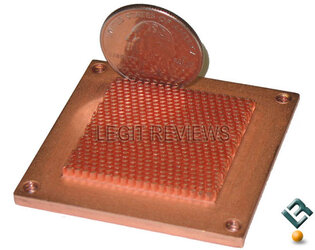- Joined
- Jan 19, 2008
- Location
- Folding the PWN, Salem Oregon
starting my water loop.
I read the sticky on how to post so in order:
I want to water cool because I'm going for a quieter machine and the performance boost.
Budget is pretty small as I'm still in high school and don't have time for a job and my parents don't wanna give me any money but i can probably get around 120-150$
I have a shop full of tools at my disposal and a pc club, home depot, and scrap yard not far away.
The case is: http://www.pcclub.com/product_details.cfm?itemno=A1313319
Parts are listed in my sig, the only thing i want to cool for now is the cpu.
I was planning on making a custom copper block as it wont be much trouble and id like to give building one a try. this is the radiator i was looking at: http://www.xoxide.com/swiftech-mcr120-quiet-radiator.html
Im gonna head down to the aquatics pet shop to see what they had for pumps. the res would be a simple t line and im gonna check the pc shops around for tubing.
I read the sticky on how to post so in order:
I want to water cool because I'm going for a quieter machine and the performance boost.
Budget is pretty small as I'm still in high school and don't have time for a job and my parents don't wanna give me any money but i can probably get around 120-150$
I have a shop full of tools at my disposal and a pc club, home depot, and scrap yard not far away.
The case is: http://www.pcclub.com/product_details.cfm?itemno=A1313319
Parts are listed in my sig, the only thing i want to cool for now is the cpu.
I was planning on making a custom copper block as it wont be much trouble and id like to give building one a try. this is the radiator i was looking at: http://www.xoxide.com/swiftech-mcr120-quiet-radiator.html
Im gonna head down to the aquatics pet shop to see what they had for pumps. the res would be a simple t line and im gonna check the pc shops around for tubing.
Last edited:



